China's rise in the field of new energy vehicles comes not only from leading enterprises such as BYD or NIO, but also from important contributions from inventions and innovations from universities.
In the context of fierce technological competition, the role of universities in inventing, cooperating with businesses and promoting startups is becoming a decisive factor in national development. Universities are not only places to train knowledge, but also centers to nurture inventions and scientific research. VietNamNet respectfully presents to readers a series of articles "Universities are the cradle of inventions and innovations"
Lesson 1: Universities must be the 'cradle' of invention and innovation
Lesson 2: The push to turn American universities into innovation centers
Meanwhile, most Vietnamese universities still prioritize training activities, while scientific research activities are limited, partly due to lack of financial resources and facilities that do not meet demand.
Resolution 57 of the Politburo identifies the trio of science and technology, innovation and digital transformation as the three main pillars for national development in the new era. In which, science and technology is the foundation, it creates new knowledge and new technology. Innovation is the driving force, it transforms new knowledge and new technology into new ideas and new solutions.
The resolution also sets a target that by 2030, at least 3% of the total budget will be spent on science, technology, innovation and national digital transformation. This is expected to create a new mechanism, especially in financial management, to strongly support universities actively conducting scientific research and innovation.
The foundation for China's electric vehicle dominance
In the 2000s, as China embarked on a green energy transition strategy, Tsinghua University pioneered research in lithium-ion battery technology – the core element of electric vehicles.
National key laboratories at Tsinghua, such as the Clean Energy Technology Laboratory, have developed many improvements in battery performance, including increased energy density and reduced manufacturing costs. One notable innovation is solid-state battery technology, developed by Professor Zhang Qiang's research team, which has increased the safety and driving range of electric vehicles.

Between 2010 and 2020, Tsinghua University filed more than 10,000 patent applications, many of which involved electric vehicle technology, such as battery management systems (BMS) and high-efficiency electric motors. Some of these patents have been licensed to companies like BYD, helping to improve product performance and reduce costs, contributing to the explosive growth of China's EV industry.
Tsinghua does not stop at theoretical research but also cooperates closely with the industry. In 2015, the school established the Tsinghua Automotive Technology Research Institute, collaborating with BYD and CATL (China's largest battery manufacturer) to test and commercialize new technologies. For example, the innovative BMS system from Tsinghua has been integrated into the BYD Han EV, giving the model a range of more than 600km on a single charge.
In addition, thousands of engineers and researchers who graduated from Tsinghua have joined companies such as NIO and Tesla China, bringing with them knowledge from the school's research projects. The school's interdisciplinary training program in automotive and new energy engineering has been supported by the government through funds such as the National Natural Science Foundation of China and Project 985.
Universities account for nearly 25% of national inventions.
Between 1990 and 2019, nearly 770,000 invention patents were granted to 538 universities and colleges in China. On average, universities in the world's second-largest economy are granted more than 25,000 patents each year, demonstrating the significant role universities play in China's innovation ecosystem.
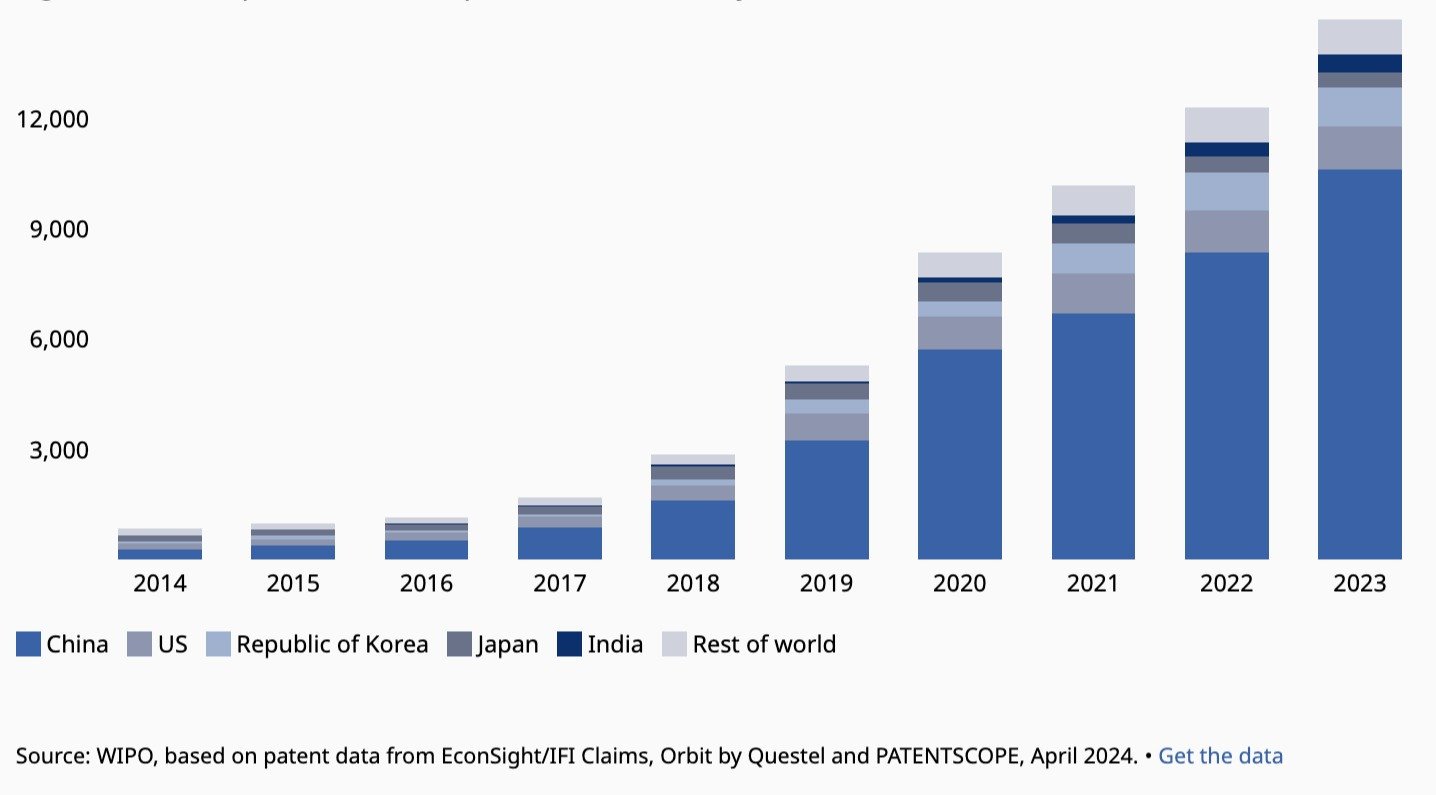
Recent data from CNIPA shows that in 2021, universities were granted a total of 308,000 patents, up 346.4% from 69,000 in 2012.
China has become one of the world's biggest investors in research and development (R&D), with spending accounting for 2.64% of GDP by 2023, exceeding the OECD average of 2.5%. According to a 2019 report from the China National Intellectual Property Administration (CNIPA), universities accounted for 26.5% of all patents issued.
In 2015, China enacted the Law on Promoting Technology Transfer, which encourages universities to transfer patents to businesses, allowing researchers to own shares in startups based on their research. Some universities apply a profit-sharing ratio of 30%-50% for inventors.
In addition, in 2021, the Ministry of Finance and CNIPA also announced a program to support licensing and transferring patents from universities to small and medium-sized enterprises, and guide schools in allocating profits from intellectual property.
However, one of the problems China faces is the patent "bubble". The patent industrialization rate of Chinese universities is only 3.7% compared to 45.2% of the enterprise sector. This shows the big difference in the commercialization ability of universities and enterprises. In international comparison, US universities only accounted for 4.0% of the total patents granted in 2018, but the commercial licensing rate reached 40-50%, much higher than China.
To address this problem, since 2020, the Chinese Ministry of Education has reformed the university performance evaluation system, reducing pressure on patent quantity and increasing priority on research quality and socio-economic impact.
Establishing national key laboratories at universities
Since the early 1980s, the People's Republic of China (PRC) has built a system of State Key Labs (SKLs) to promote innovation in the defense and commercial sectors.
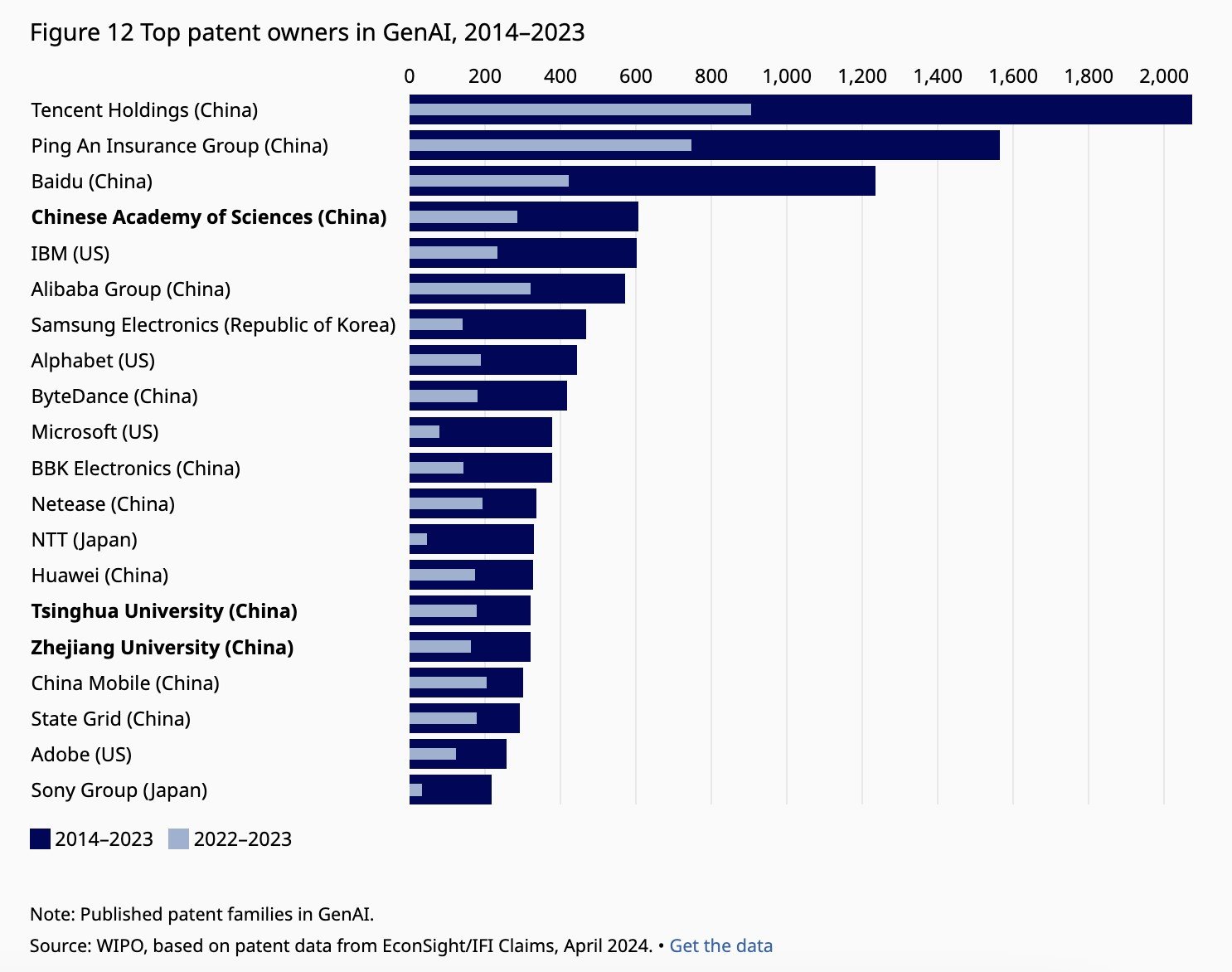
Over time, SKLs have increasingly become an important component of China's broader innovation platform – conducting cutting-edge basic and applied research, attracting and training domestic and international talent, and promoting global academic exchanges.
Among the 285 government-run National Key Laboratories, the Ministry of Education is the largest SKL regulator in China, responsible for overseeing the operations of 149 SKLs located in dozens of universities.
According to the Journal of Science and Technology of the China Association for Science and Technology (CAST), by the end of 2019, SKLs had employed more than 50,000 full-time employees, including 393 academicians of the Chinese Academy of Sciences and 271 academicians of the Chinese Academy of Engineering.
CAST also said that the government budget for SKLs has increased gradually over the years, from an initial level of 220.7 million USD (1.4 billion yuan) per year to 993 million USD (6.39 billion yuan) in 2019 (at the exchange rate as of March 2022).
Among the 149 SKLs under the management of MOE, Tsinghua University has 13 SKLs, while Peking University and Zhejiang University have 12 and 10 SKLs, respectively.

Source: https://vietnamnet.vn/sang-che-phat-minh-tu-dai-hoc-gop-phan-dua-trung-quoc-thanh-cuong-quoc-xe-dien-2376054.html


![[Photo] Panorama of the Patriotic Emulation Congress of Nhan Dan Newspaper for the period 2025-2030](https://vphoto.vietnam.vn/thumb/1200x675/vietnam/resource/IMAGE/2025/11/04/1762252775462_ndo_br_dhthiduayeuncbaond-6125-jpg.webp)
![[Photo] Opening of the 14th Conference of the 13th Party Central Committee](https://vphoto.vietnam.vn/thumb/1200x675/vietnam/resource/IMAGE/2025/11/05/1762310995216_a5-bnd-5742-5255-jpg.webp)






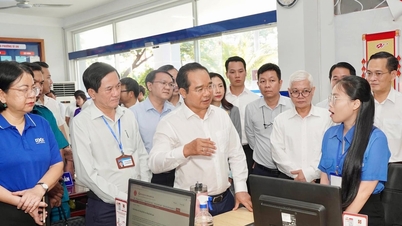



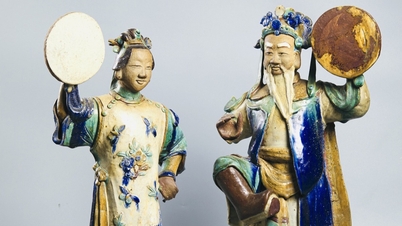









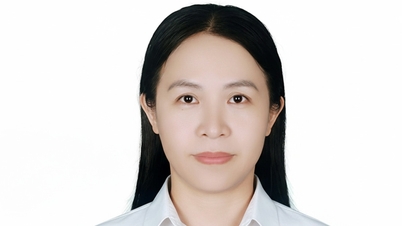



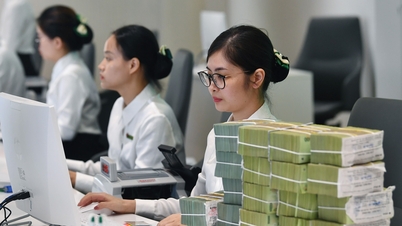











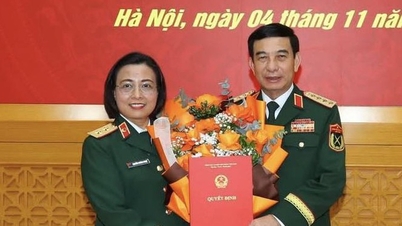

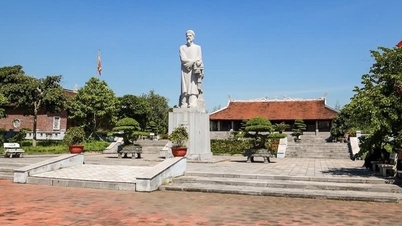






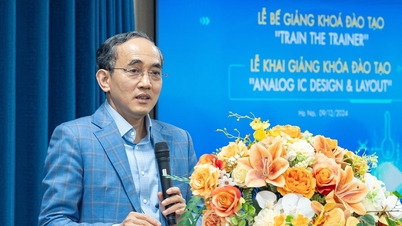
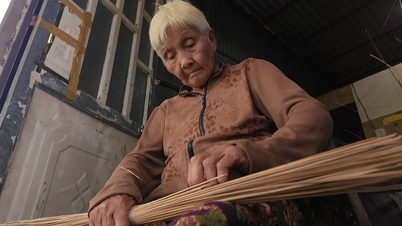














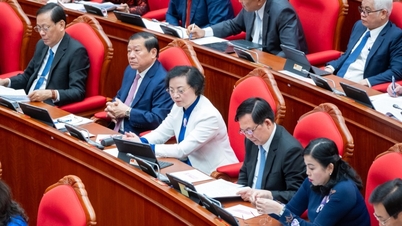





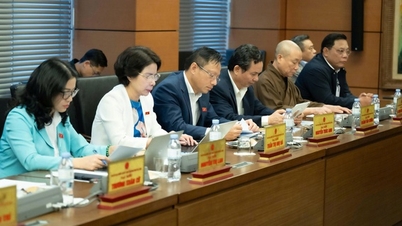

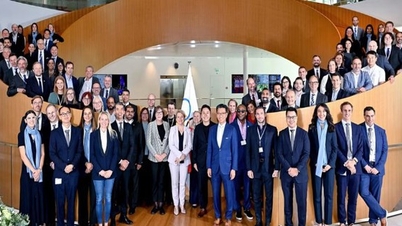

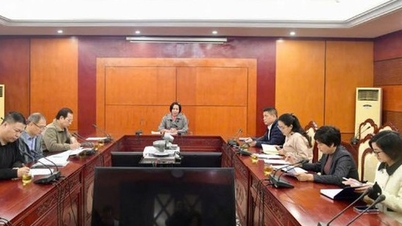




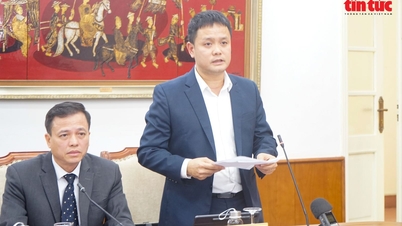




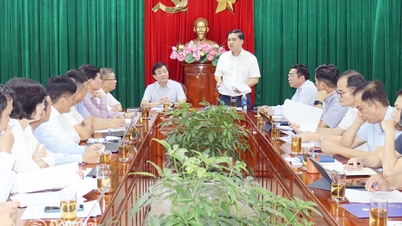














Comment (0)